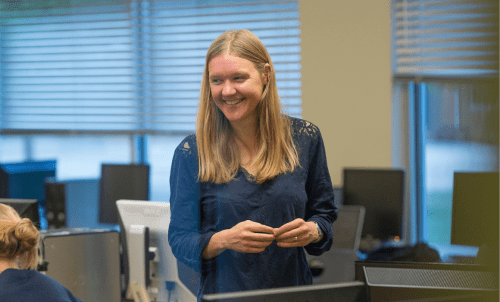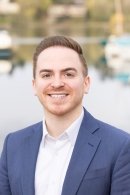LACEY, Wash. – Even with all our accumulated knowledge, humans still have a childlike wonder about the stars. We gaze skyward, pondering our place in the universe, future explorations and the mysteries that lie beyond. At Saint Martin’s University in Lacey, a top-tier, award-winning faculty in astronomy as well as physics, engineering, chemistry and the other sciences trains students in the art of logic, critical thinking and problem solving.
Recently, University associate professor Andrea Kunder, Ph.D., received the prestigious Astronomy and Astrophysics Grant from the National Science Foundation for her research on the disintegration of globular clusters. She is co-publishing her results with her Saint Martin’s students – a rare honor that will help launch their careers into the stars as well.
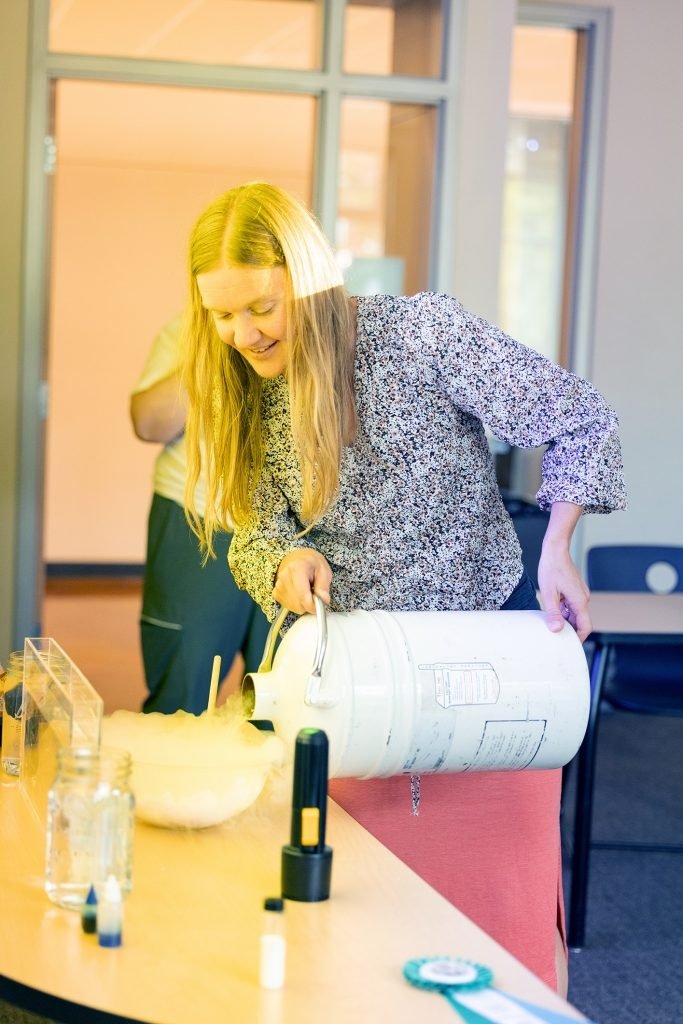
Saint Martin’s University Assistant Professor Andrea Kunder believes education is key to changing the world
Kunder joined Saint Martin’s faculty in 2017 after spending time at the Cerro Tololo Inter-American Observatory in Chile and Leibniz-Institute of Astrophysics (the former Berlin Observatory). The grant she received funds her research that examines globular clusters, spherical conglomerations of stars bound together by gravity that contain some of the first stars to be produced in the galaxy. Her team studied their disintegration to learn more about gravitational potential.
On this project, Kunder collaborated with professors from Seattle University, Western Washington University and the College of Idaho. They anticipate producing four to six publications from the funded research. Two drafts are currently in circulation, with final works slated for publication in American Astronomical Society (AAS) journals, which are among the most influential astronomy journals worldwide.
Saint Martin’s University students as co-authors, researchers and tomorrow’s brightest stars
Kunder’s student co-authors include Carlos Campos, who was able to leverage his time at Saint Martin’s University to secure a position with the California Institute of Technology’s undergraduate summer research program. Another student, Claire Skaggs, won first place for the best Physics and Engineering poster at the 2023 Murdock College Science Research Conference also based on this research.
Evan Butler, who started working with Kunder as an Olympia High School student, is now the lead author on this publication. “It is not common for undergraduate students to lead research papers,” notes Kunder, “but Evan is exceptional in his ability to understand difficult concepts at a high level, his coding ability and his drive to succeed.”
Rounding out the group are Macy Ball, who traveled to the Apache Point Observatory in summer 2023 to collect observations of stars in the Galactic bulge for this research, and Sam Morris who went to the University of La Serena in La Serena, Chile for two weeks. “There he worked with my colleague, Dr. Monachesi, an expert in hydrodynamical cosmological simulations of Milky Way-like Galaxy,” Kunder explains. “Sam was an ambassador for our group, working with Dr. Monachesi and the astrophysics research group there to compare our observations with their novel simulations and we are currently writing up this paper.”
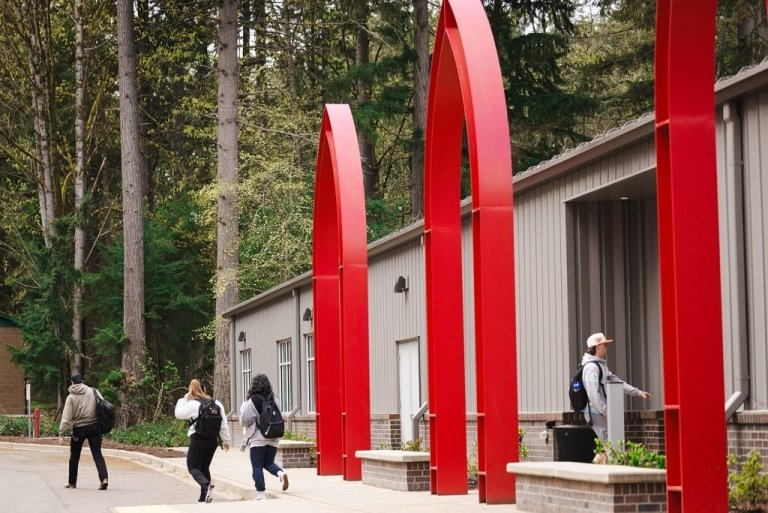
Working together to advance science at Saint Martin’s University
Brandy Fox, Ph.D., is Saint Martin’s University’s Chair of Natural Sciences and an Associate Professor in Chemistry. As both an alumnus and now professor, she feels very appreciative of the training she received on both sides of the lectern. “The experience of high-quality work like this that lets students collaborate with prestigious faculty is unique,” she says. “This passion for community and relationships combined with a well-rounded liberal arts foundation led me to come back to Saint Martin’s and I appreciate the opportunity to pay it forward.”
Fox says that student-faculty collaboration resulting in co-authorship on research is uncommon, especially at larger universities. “It’s a happy surprise but also a cornerstone of what makes Saint Martin’s special,” she adds. “Science is about asking questions and finding answers, not just memorizing. Here we welcome students looking for a place to develop themselves as scientists.”
Carlos Campos, co-author and undergraduate research student, says that this project helped him develop essential problem-solving skills for future work. “I was able to hone my craft and became a far better programmer,” he shares. “I also gained vital teamwork skills, as most of my prior computer science work and studies had been solo ventures.”
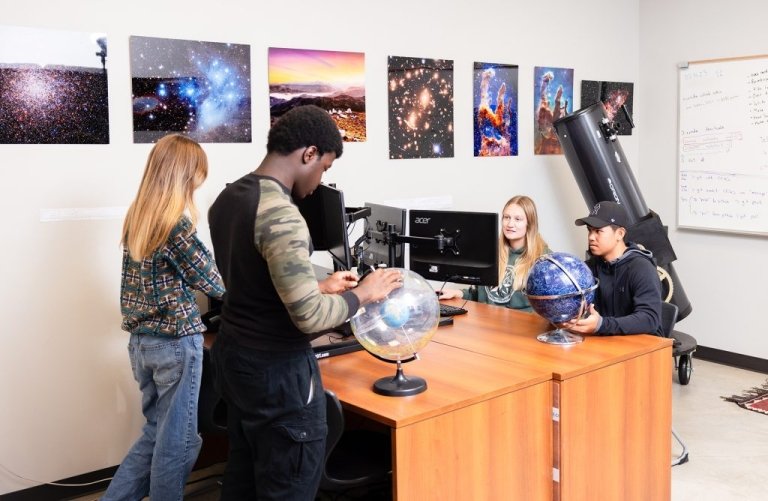
Real-world research and publication opportunities close to home
The impact of these experiences starts at home but extends far beyond campus. Campos says that in addition to coding skills, the teamwork and problem-solving skills they learned contributed immensely to the work the team did over the summer. “This work is what landed me the Blanco Fellowship award and gave me the opportunity to further this research over the school year, though now I am working under the University of Oregon,” he adds.
Campos admits that when he first enrolled at Saint Martin’s University, he didn’t realize that he would have access to research and publication opportunities, especially as an undergrad. “I chose Saint Martin’s due to the small size and its proximity to family, and now I was given the opportunity to do astrophysics research,” he shares. “I think this is a great way for students to gain real-world experience and learn skills they probably wouldn’t in a classroom setting.”
To learn more or enroll as a Saint, you an apply online or request more information. Call 360-491-4700 or email admissions@stmartin.edu and the admissions team will be happy to answer questions. Whether you are starting your undergraduate, graduate or certificate program, Saint Martin’s can help you reach for the stars today.
Read more about Saint Martin’s University here.
Published

